口弦
拨奏体鸣乐器。是新石器时代的产物,相传为女娲所造。先秦时期称“簧”,明清时期称“口琴”。应劭《风俗通》引《世本》曰:“女娲作簧。”纳西族“东巴文”中有口弦和演奏口弦的象形文字。有竹制和金属制两种。民间称“竹簧”、“响篾”、“篾琴”、“弹簧”、“口簧”等。
竹口弦流行于彝、景颇、拉祜、纳西、傈僳、傣、哈尼、布朗、怒、独龙、基诺、普米、苗、藏、珞巴、羌、哈萨克、回、高山、黎等少数民族和部分地区的汉族中。
Jew’s Harp
A plucked idiophone with single or three to five reeds, the instrument, a product of the Neolithic Age, is said in a Chinese legend to have been created by the first female ancestor Nüwa. Its name developed from huang (reed) in the Pre-Qin Dynasty (before 221 BC) to kou-qin (mouth string instrument) in the Ming and Qing Dynasties (1368-1911).There are quite a number of other folk names for the instrument. In the Dongba language of Chinese Naxi people, Yunnan Province, there are even hieroglyphics about the instrument and its playing. Two categories can be found from the materials it is made of , i.e. bamboo or metal. The bamboo type is popular among the Yi, the Jingpo, the Lahu, the Naxi, the Lisu, the Dai, the Hani, the Bulang, the Nu, the Dulong, the Jinuo, the Pumi, the Miao, the Tibetan, the Lopa, the Qiang, the Kazakh, the Hui, the Gaoshan, and the Li minority peoples, as well as among part of the Han people.
未经允许不得转载:環球樂器博览网 » 口弦 Jew’s Harp
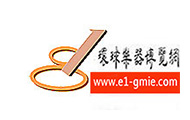 環球樂器博览网
環球樂器博览网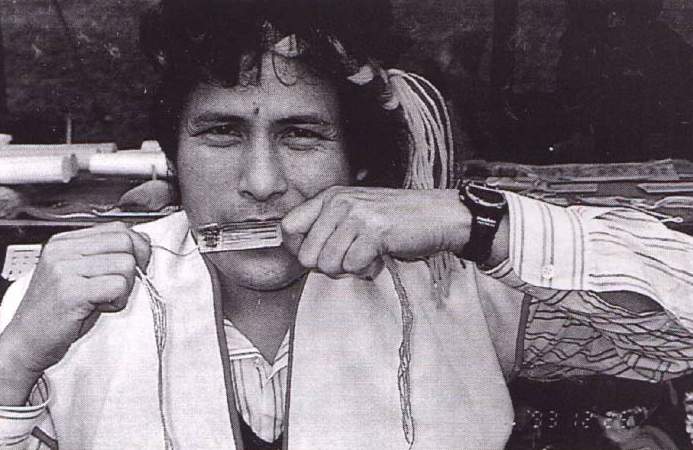

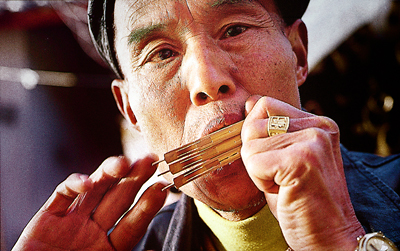
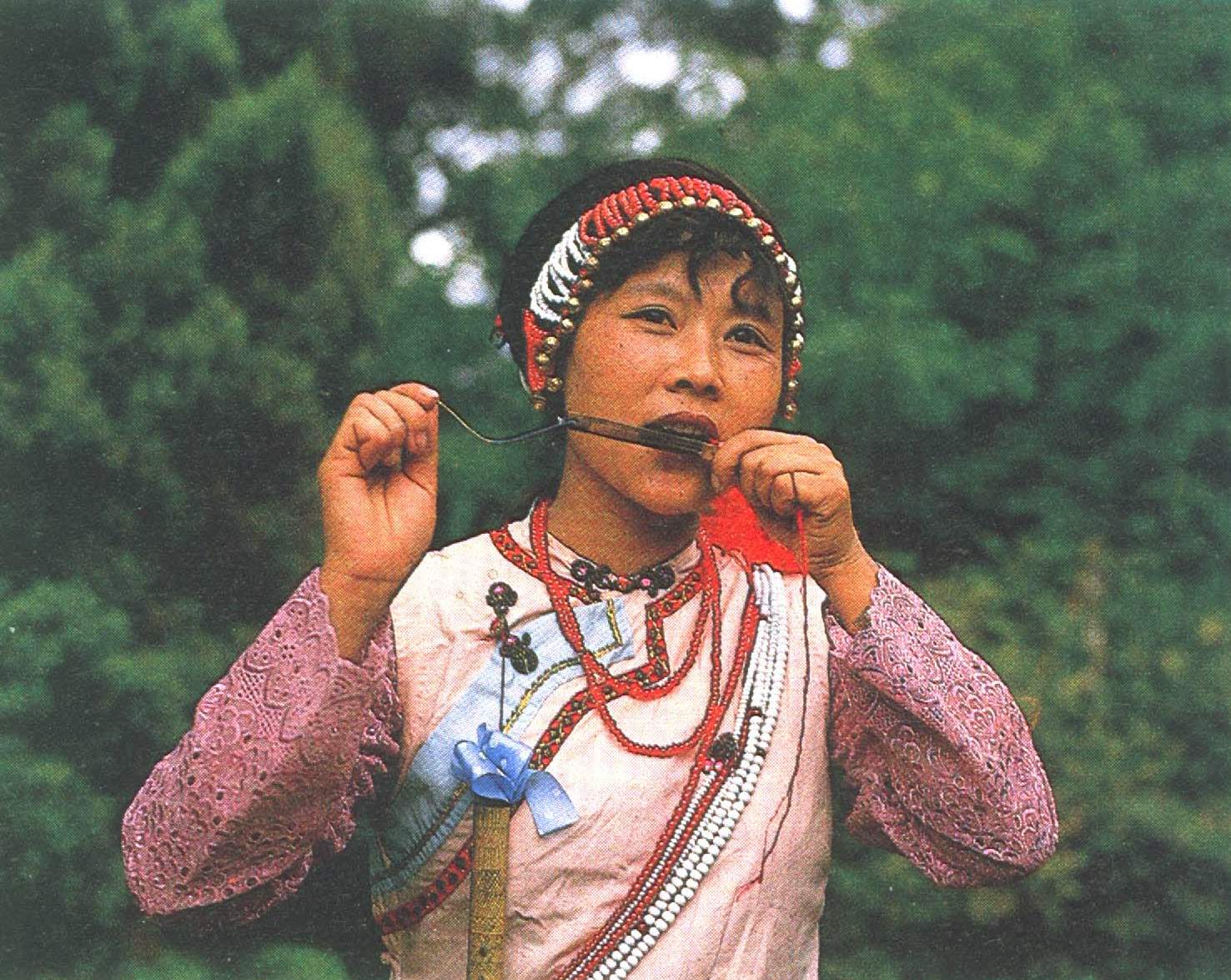
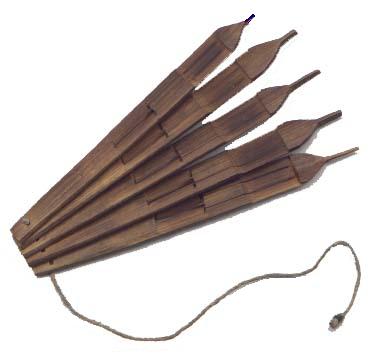
评论前必须登录!
登陆 注册